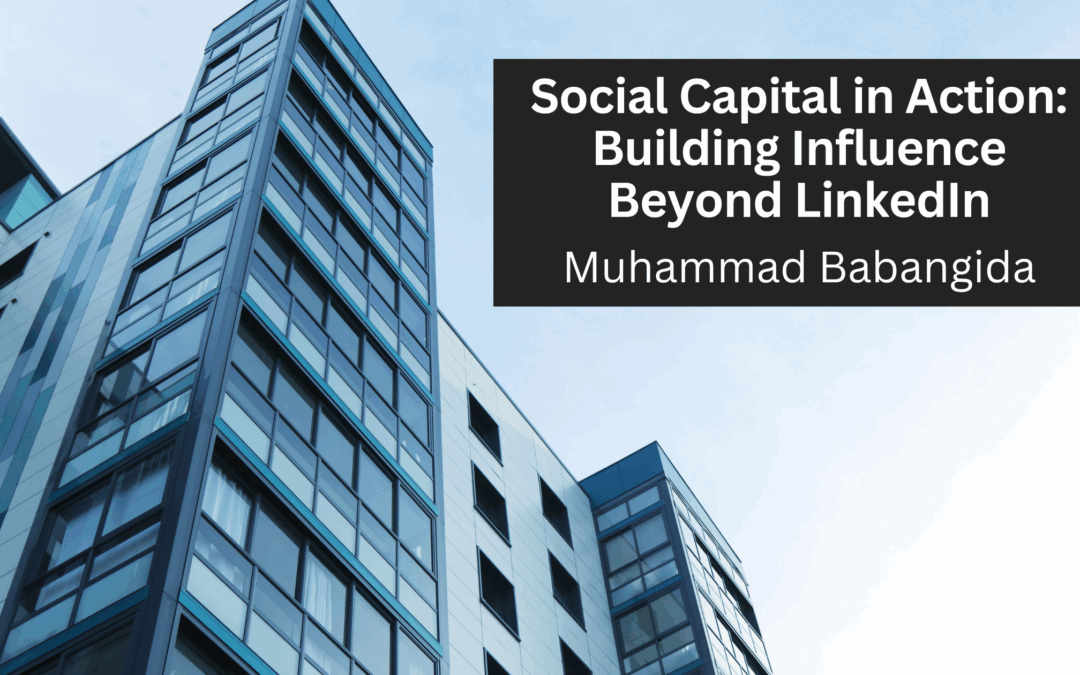In today’s hyper-connected world, it’s tempting to think that social capital lives solely on platforms like LinkedIn. But while online profiles and digital networks play a role, real influence is built in the spaces beyond our screens. Social capital—the value derived from trusted relationships, mutual support, and community goodwill—is a living, breathing asset that requires more than a polished bio and a few hundred connections.
At its core, social capital is about trust, reciprocity, and shared purpose. It’s the mentor who makes an introduction without being asked, the colleague who vouches for your work in a room you’re not in, or the community leader who invites you to participate in a meaningful initiative. These actions build credibility and influence far deeper than algorithmic engagement ever could.
Building this kind of capital starts with showing up authentically. In-person events, local gatherings, volunteer work, and industry meetups provide real opportunities to cultivate meaningful relationships. When people experience your character, values, and commitment firsthand, they’re far more likely to trust and support you. Presence and consistency—offline—often open doors that a message request can’t.
Giving also plays a key role. The best networkers aren’t transactional—they’re generous. Sharing insights, offering help, connecting others, and celebrating peers’ successes creates goodwill. This generosity multiplies your influence, not by demanding attention but by becoming someone others want to work with or refer. It’s the slow-burn strategy that leads to long-term credibility.
Moreover, social capital grows with community involvement. Serving on local boards, mentoring youth, or contributing to neighborhood projects allows you to engage with diverse networks while making a difference. These actions reflect values that resonate—and in a world where people want to support others who stand for something, this type of engagement builds lasting trust.
Of course, digital platforms can enhance and extend your reach—but they should amplify the relationships you’re nurturing in the real world, not replace them. Influence is most powerful when it’s grounded in genuine human connection.
Conclusion:
Social capital isn’t built overnight, nor is it bound by digital platforms. It’s rooted in how you show up, give back, and connect in the real world. To build true influence, think beyond the feed—because the most powerful endorsements still come from those who’ve seen you in action.
